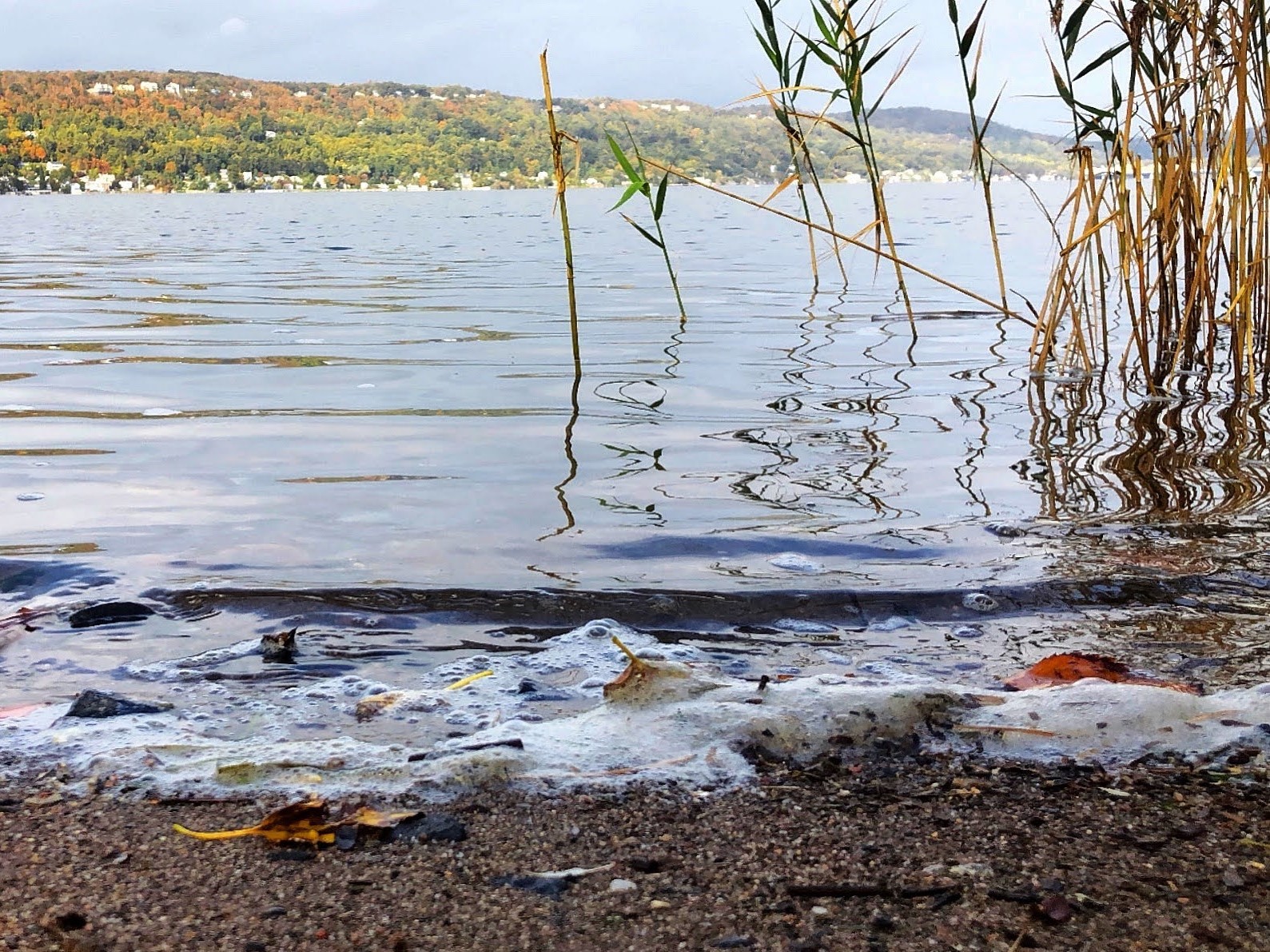Hudson River Water Quality

The water quality of the Hudson is one of the most frequently asked questions from Hudson Valley residents. The water quality of the Hudson has improved drastically since the Clean Water Act of 1972. However, the Hudson still periodically faces water quality challenges, particularly due to elevated bacteria levels.
High levels of bacteria in the Hudson occur after a rainstorm due to a 19th century wastewater treatment system called combined sewage overflow (CSO). Older cities along the Hudson such as New York City, Yonkers, Albany, and others are designed with a wastewater system that collects sewage and gray water from buildings and storm drain water in the same pipes and sends it to the wastewater treatment plant before it is released into the natural environment. The intention was positive in that all the contaminated water would be treated. Unfortunately, the system did not account for the high volume of water used by the city residents. Therefore, during periods of rainfall, the combination of sewage and stormwater volume exceeds the wastewater treatment plant’s capacity. To prevent the sewage from backing up, the system is designed to overflow and discharge the untreated sewage and storm drain water directly into the Hudson and other water bodies during excessive rain. Due to the high volume of municipal wastewater, it only takes approximately 0.1 inch of rain in an hour or 0.4 inches of rain over an entire day to induce a CSO event.
Lamont-Doherty Earth Observatory partners with Riverkeeper, CUNY Queens College, and scientists at other institutions to study the water quality of the Hudson. With the help of a dedicated team of community scientists, the Riverkeeper Water Quality Program measures salinity, oxygen, temperature, suspended sediments, chlorophyll, and Enterococcus (Entero), a fecal indicator bacteria. Entero is a useful water quality indicator because it is abundant in sewage and correlated with human pathogens.
Water Quality Reports and Research Tools can be found on the Riverkeeper’s website.
To learn more about research that has been done around Hudson water quality, watch Dr. Elise Myers’s presentation Predicting Sewage Pollution Persistence in the Hudson River Estuary Using Experiments and Models.
